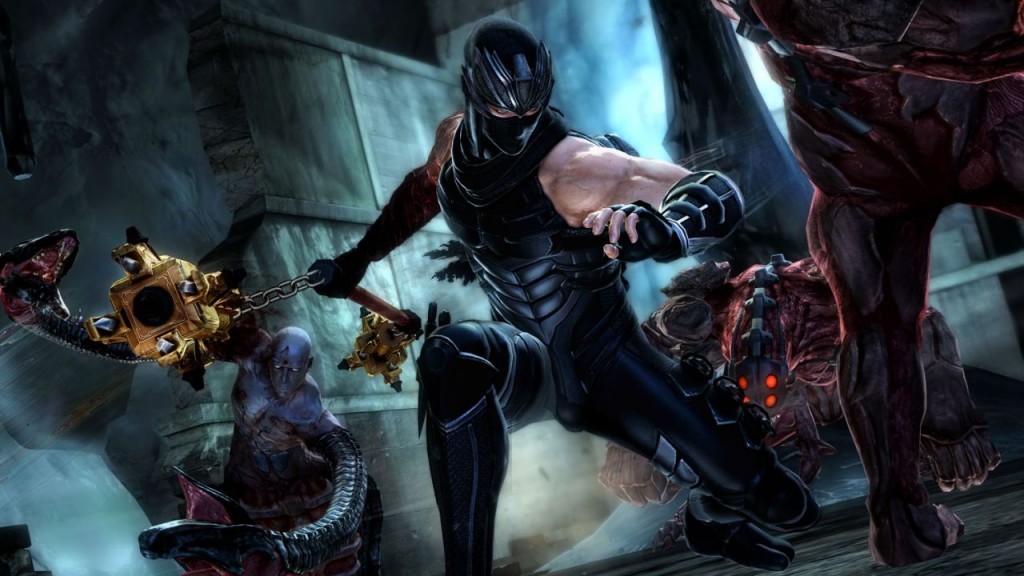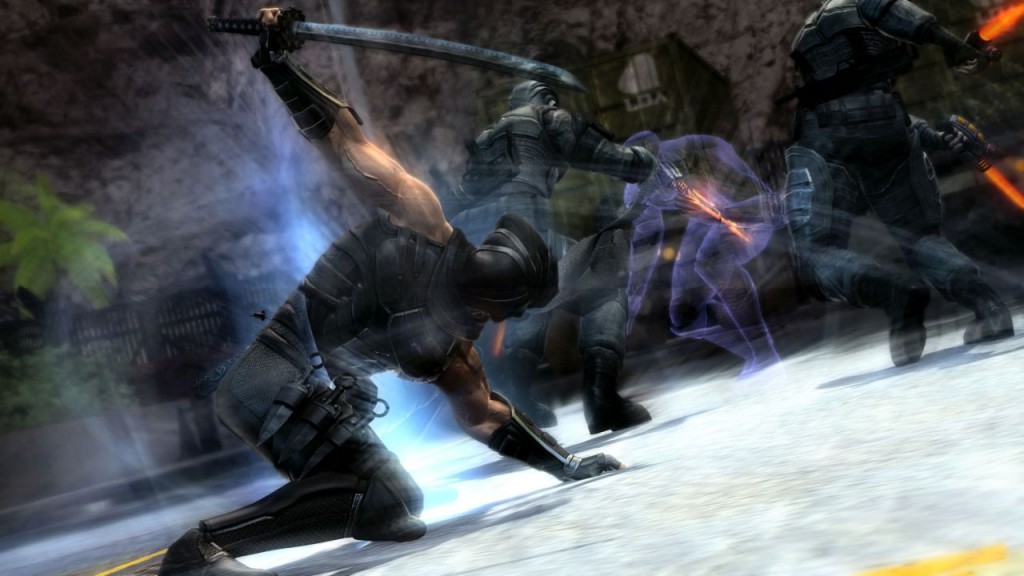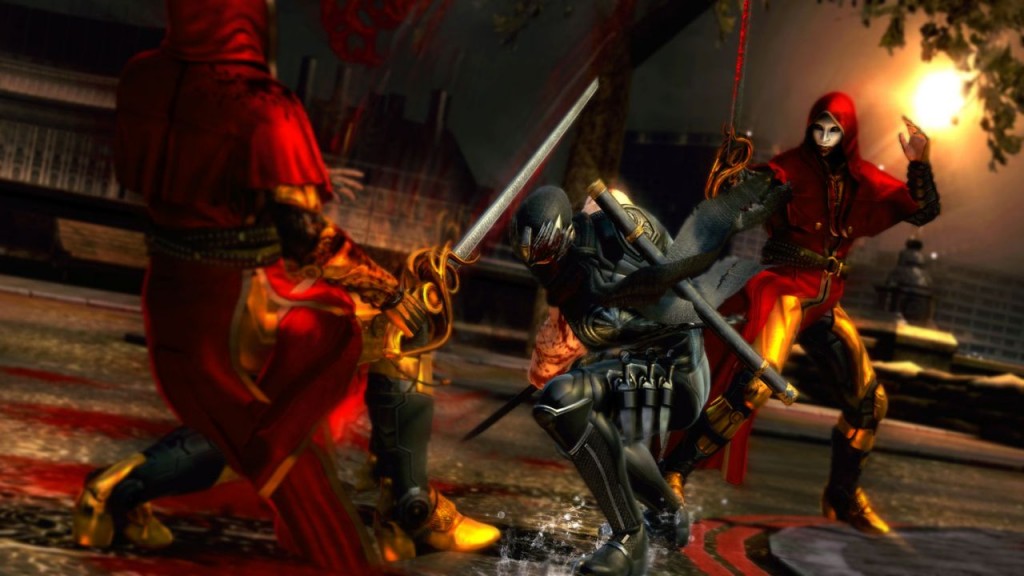With Ninja Gaiden 4 inching its way to its final release this month, Team Ninja and Platinum Games have brought several exciting additions to its gameplay loop to ensure that the franchise reclaims its place as one of modern gaming’s most exciting action titles. The new release ends a long spell of dormancy for the franchise, and could potentially breathe new life into it in the process.
But why has a franchise that stood right up there with the best action titles around been without a mainline instalment for so damn long? We think Ninja Gaiden 3 may have had something to do with it, despite the way in which Team Ninja tried to fix the problems that came with its initial release.
[embedded content]
That’s a story that has us thinking that it was perhaps a good idea for the studio to wait until it was ready to bring in a new instalment to the franchise. But what made Ninja Gaiden 3 fall so flat in the eyes of its players and critics alike? How did Team Ninja attempt to turn things around for the game with Razor’s Edge? Did things work out for it eventually?
Read on and find out as we turn back the clock on Ryu’s adventures!
The Third Time Wasn’t The Charm
We’re going to preface this section by saying that it’s quite hard to bring in a third title that achieves the highs of its predecessors for any studio. And while Team Ninja’s talents are certainly there for all to see, Ninja Gaiden 3 faced a monumental task as it had to either measure up to or exceed the success of the franchise’s widely praised second title, which is no easy feat.
It’s worth mentioning that the ambitions the studio had for Ninja Gaiden 3 were quite evident. It aimed to bring fresh new touches to its formula, with the Steel on Bone technique, for instance, being a great way to counter enemy attacks, complete with a great camera angle. But it essentially replaced the dismemberment mechanic from the previous game, which didn’t make sense. It could have been great to have the new technique alongside one of the previous title’s best features.

The new Kunai Climbing mechanic was a similarly creative touch that was ultimately a let down thanks to how slowly Ryu actually climbed when using it. It was more of an annoyance rather than a nice touch, a symbol of a good idea marred by poor execution, which was something Ninja Gaiden 3 was notorious for.
While most people weren’t picking up a Ninja Gaiden game for its story, the plot in Ryu’s third adventure was so disparate and all over the place that it deserves to be mentioned among the reasons for the game’s failure. It actively limited the potential for more weapons, for instance, while taking away Ryu’s iconic Dragon Sword thanks to the curse that was placed on him by the Regent. It brought betrayals at every turn, making each one feel less impactful than the last until the end of the story.
It also brought some tedious moral considerations into the equation, having Ryu haunted by all the lives he had taken up until that point. While that might have been a great way to inject some life into the story in a game where it wasn’t really a priority, it was irksome that there was no weight assigned to the fact that it was either kill or be killed for our protagonist.
Considering that exposition often came at the cost of more action, it was a particularly egregious part of our complaints about the game back in the day. It added no emotional heft to the story, although that might have been what it was intended for, and failed to bring some much-needed nuance to the table, providing a narrative framework for the action like in past titles.

Furthermore, we would argue that it was a part of the reason why the game’s combat felt so lackluster, as it provided the narrative scope for Ryu to face hordes of enemies, but removed so many of the things that made facing those enemies worth it. Team Ninja’s efforts to make the game more appealing to a wider audience also contributed to this, since it took away a lot of the challenge that franchise veterans came to expect.
It was a middle ground between the franchise’s brutal difficulty and a more approachable combat system that the studio failed to find, and things did not end well for the final release build of the game. It was unfortunate, but not entirely unexpected, that the game was so poorly received by its players and panned by many critics alike. Perhaps the game’s new directors went too far with their ambitions, or simply failed to capitalize on the creative vision that put the franchise on the map in the first place.
When all of these factors were taken into consideration as a whole, Ninja Gaiden 3 was an experience that felt like a drastic departure from the franchise’s traditions and winning formula, one that went in entirely the wrong direction.
But then there was Razor’s Edge.
Turning Things Around
It’s a testament to Team Ninja’s tenacity and resilience that it refused to give up on its title and decided to try and make a better game out of it. Although Razor’s Edge initially made its way to the Wii U, a solid port of the game for other consoles soon made it a version of Ninja Gaiden 3 that brought it closer to the original vision its creators had for it.
For starters, Ryu had access to a bunch of cool new weapons over the course of the campaign. That was an immediate plus, since it brought back the Karma system and made it quite useful while also giving players a bit more incentive to play through the numerous battles they were faced with. Since each weapon had its own moveset and a bunch of additional moves to unlock, it was the perfect way to add depth to the original release’s one-dimensional combat, removing repetition in favor of a more dynamic loop.
There was also Akane, making her way over from Dead or Alive, and immediately brought more variety to the game. With her own missions, unique playstyle, her presence in Razor’s Edge was very welcome indeed. She was fast, stylish, efficient at dispatching enemies, and a decent alternative to Ryu. The Black Spider Clan’s return was also a nice touch!
Keeping in line with its title, another addition was the return of dismemberment and several other mechanics from previous titles that immediately made the game feel and play like a Ninja Gaiden title instead of a confused mess that didn’t really know what it was about.

Another significant improvement that it brought to the table was the improved enemy AI. They were more aggressive and willing to attempt attacks if they lost a limb, making combat feel more like a desperate struggle for survival on both sides, just as a Ninja Gaiden title should be. The hidden skulls and Tests of Valor built on that very well, making the combat feel as brutal and challenging as it was in the franchise’s past.
But did all of these additions manage to turn things around for Team Ninja? The answer is yes for the most part. They showed that the studio paid attention to the feedback it received and acted on it quite intelligently. There’s a reason that this was the version of Ninja Gaiden 3 that was on the Master Collection, after all. It’s also a potential reason for Ragebound being as good as it was, with it having all of the lessons Team Ninja had to learn the hard way at its disposal.
A New Chapter Begins
Those lessons are kind of evident in the approach that Team Ninja has taken in the new twists it has brought in Ninja Gaiden 4. Multiple protagonists, weapons, enemy types, and a seemingly better narrative this time around are all direct results of its past mistakes and indicate a more nuanced approach to an ambitious new title.
There’s a definite balance between the old and the new that has impressed early previewers of the new game, earning it a lot of goodwill ahead of its release. We’d say that Ninja Gaiden 3 crawled more than a decade ago just so that its successor could fly in our present.
Of course, we’re going to have to wait and see if the new entry to the long-standing franchise can live up to the hype that it’s generated. But given Team Ninja’s obvious penchant to learn from its past mistakes, things are looking very good for Ninja Gaiden right now, and we couldn’t be happier.
All that’s left is to dive into Ryu’s latest bout with the Dark Dragon next week and find out for ourselves!
Note: The views expressed in this article are those of the author and do not necessarily represent the views of, and should not be attributed to, GamingBolt as an organization.


Comments are closed.